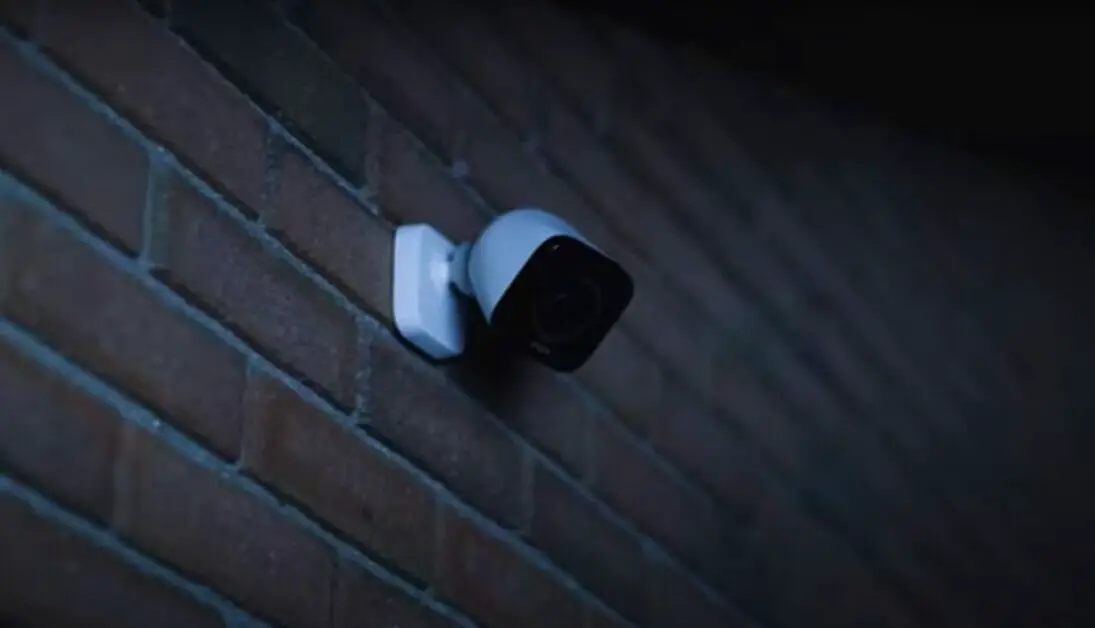Not everyone needs continuous monitoring services, and some of us might wonder if it’s possible to use these Vivint cameras without subscribing to their service plans.
By reconfiguring your camera settings and using an alternative storage solution, you can continue using your Vivint camera to monitor your home. Whether for security, pet surveillance, or simply keeping an eye on things while you’re away, your Vivint camera can still serve its purpose.
However, remember that certain limitations may exist when not using the service. Nevertheless, we’ll dive into the specifics and discuss what you can expect if you decide to go this route.
Contents
ToggleUsing Vivint Camera without Service
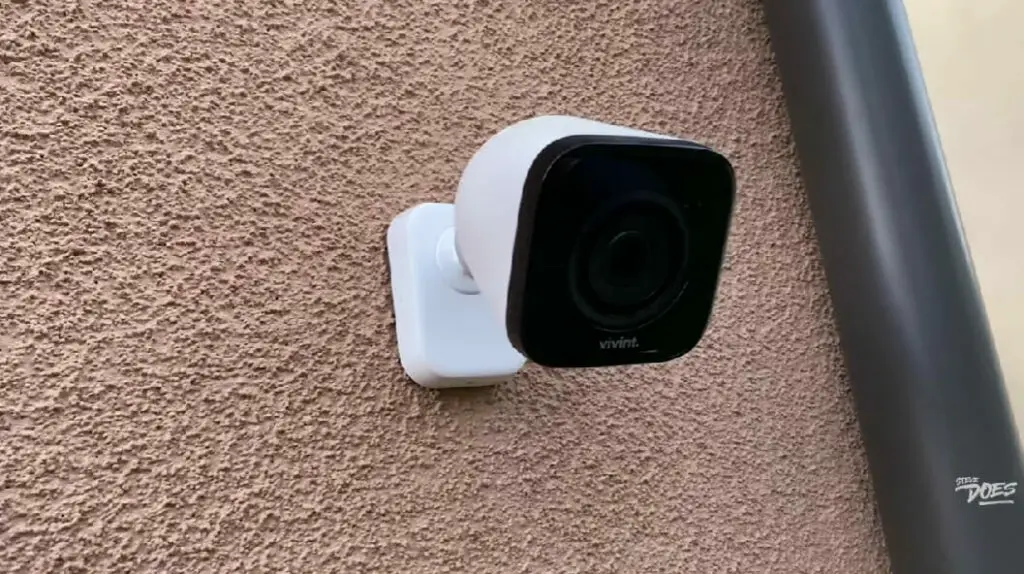
No Remote Access
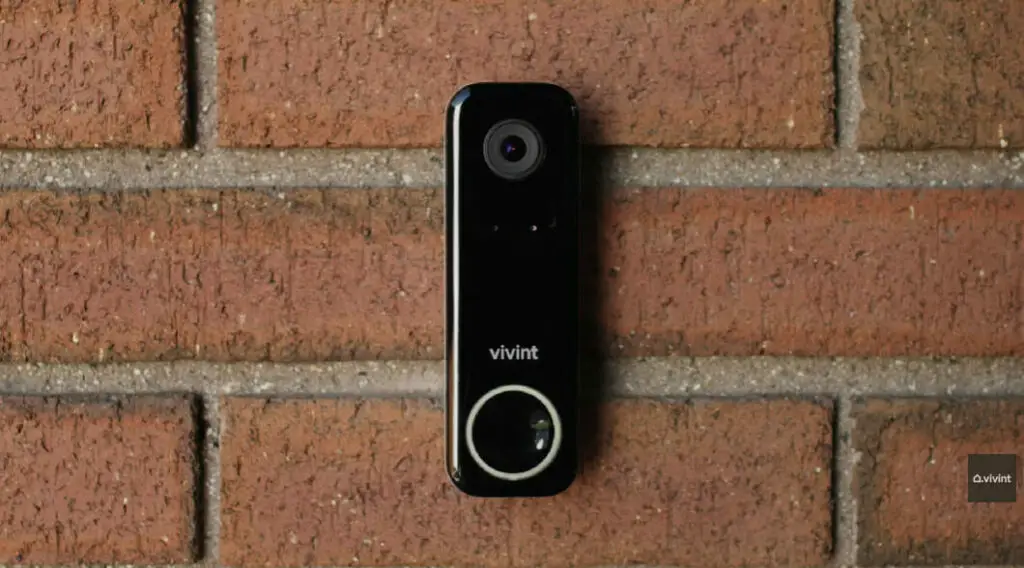
So, you’ve got this Vivint camera and like to use it without the service. Well, it’s not as easy as it sounds.
First, if you disconnect your Vivint service, you’ll lose remote access to the camera. You won’t be able to access the live feed or recorded footage through the app, and you won’t receive any notifications about activity captured by the camera.
Limited Protection
Now, without the service, I noticed that the camera still works as a stand-alone device and records footage locally.
But the protection is limited and lacks integration with a broader home security system. Without the monitoring service and smart home integration, your Vivint camera is only partially effective as a security measure.
Alternative Monitoring Solutions
Let me mention some alternatives to using a Vivint camera without service, as I’ve looked into this myself:
- Local storage: Depending on your Vivint camera model, it might support local storage through an SD card. This way, you can still record and store footage to review later. Keep in mind that you’ll have to review the footage yourself manually.
- Local NVR or DVR: You could connect your Vivint camera to a local Network Video Recorder (NVR) or Digital Video Recorder (DVR) to store the recorded footage on-site. This is handy if you want to keep an eye on things but don’t need a full-blown monitoring service.
- IFTTT and other smart home integrations: Vivint cameras can work with other smart home setups. Integrating them with services like IFTTT, you can set up custom triggers to notify you when your camera detects any activity.
- Third-party monitoring apps: Some third-party applications and services might allow you to connect and monitor your Vivint camera without service. Search for compatible apps and ensure they provide a secure connection before using them.
That said, using a Vivint camera without service isn’t impossible, but it has limitations. Just remember that if you decide to ditch the service, you might end up trading essential functionality and protection for some independence.
Comparison of Methods to Use Vivint Camera Without Service
| Method | Description | Ease of Use | Cost | Features |
|---|---|---|---|---|
| Method 1: DIY Setup | Set up the Vivint camera independently without professional monitoring or subscription. | Moderate | Low | Limited |
| Method 2: Local Storage | Utilize local storage options, such as SD cards or external hard drives, to store camera footage. | Easy | Low | Basic Recording |
| Method 3: Third-Party Monitoring | Use third-party monitoring services or apps compatible with Vivint cameras. | Easy | Varies | Varies |
| Method 4: Home Automation Integration | Integrate Vivint cameras with home automation platforms like SmartThings or Home Assistant for self-monitoring. | Moderate | Varies | Advanced automation |
| Method 5: Livestreaming Apps | Utilize live streaming applications to access real-time footage from Vivint cameras without professional monitoring. | Easy | Low | Live viewing only |
| Method 6: Cloud Storage Hacks | Implement alternative cloud storage solutions to store camera footage without paying Vivint’s subscription. | Difficult | Varies | Varies |
| Method 7: Local Network Setup | Configure the camera to work exclusively on your local network for self-monitoring. | Difficult | Low | Limited remote access |
Benefits and Limitations
Pros
One major benefit of using a Vivint camera without a service plan is the cost savings. No longer am I paying $29.99 a month or more for a subscription plan. This option is attractive for those who want to keep our home security costs low.
With no contracts, I also don’t have to worry about cancellation fees. I get the basic functionality of the camera without being locked into a long-term commitment.
And while I may not get professional monitoring or customer service, I still can enjoy peace of mind knowing my home is being watched.
Cons
But there are trade-offs. For example, using a Vivint camera without a service means you won’t have remote access to your camera feeds. So when you’re away from home, you can’t check in on your property from your phone.
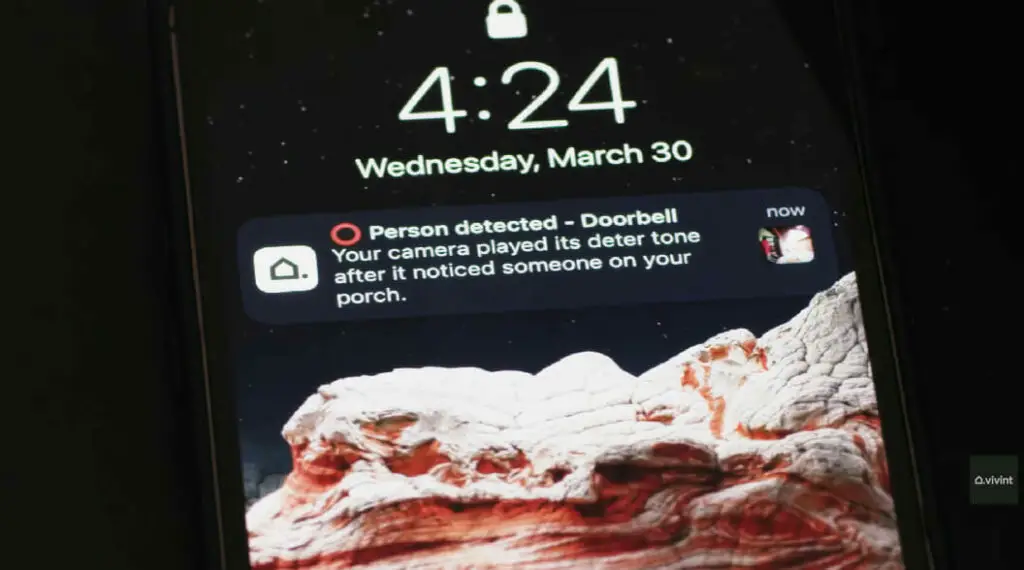
This becomes a significant limitation in a dangerous city or during extended trips. Moreover, your camera offers limited protection without the Vivint service plan.
Although the camera records video, the lack of remote access makes it difficult to monitor your home in real-time. This limited functionality can make you feel less secure, especially when needed.
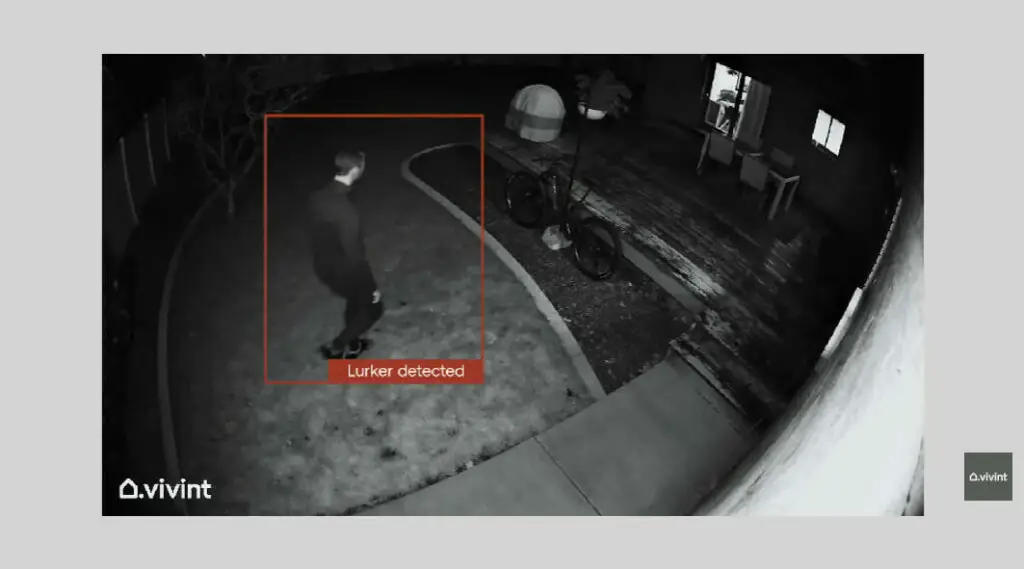
Finally, doing away with customer service and professional monitoring means you’re on your own regarding troubleshooting and emergencies.
While the DIY approach might suit some folks, I have to admit that during a crisis, having access to professional support can make a huge difference in our overall sense of security.
Ultimately, choosing a Vivint camera without service comes down to weighing the benefits and limitations. Understanding what I’m sacrificing regarding protection and convenience is essential to save on monthly fees.
Considerations Before Cancelling Vivint Service
Incompatibility with Other Companies’ Services
Before canceling your Vivint service, it’s important to understand that Vivint equipment may not be compatible with other security providers.
You might face challenges if you switch providers after canceling your Vivint service. Investing in new security equipment or modifying your existing devices to work with a different service provider can be frustrating.
Cancellation Fees and Contracts
Another crucial factor to consider when canceling Vivint service is your contract term and potential cancellation fees.
Vivint typically requires customers to sign a long-term contract, often up to a 5-year commitment. Breaking this contract may lead to hefty fees.
To avoid these costs, I recommend thoroughly reviewing your contract before making any cancellation decisions. Here are some key points to look out for in your contract:
- Length of the contract term
- Cancellation fee structure
- Prerequisites for contract termination
Knowing all the details surrounding your Vivint contract is essential to ensure a smooth and cost-effective transition.
Remember that you may have to weigh the pros and cons of canceling Vivint’s service against any limitations in security protection and the potential financial implications.
References
Books:
- “The Complete Idiot’s Guide to Home Security” by Tom Davidson
- “DIY Home Security: The Ultimate Step-by-Step Guide to Securing Your Home and Protecting Your Family” by Michael Kohler
Websites:
- Home Security Systems subreddit: https://www.reddit.com/r/homesecurity/
- IP Cam Talk forum: https://ipcamtalk.com/forums/
- CCTV Forum: https://www.cctvforum.com/
Video References
Steve DOES
Vivint
How helpful was this article?
Were Sorry This Was Not Helpful!
Let Us Improve This Article!
Please Tell Us How We Can Improve This Article.

